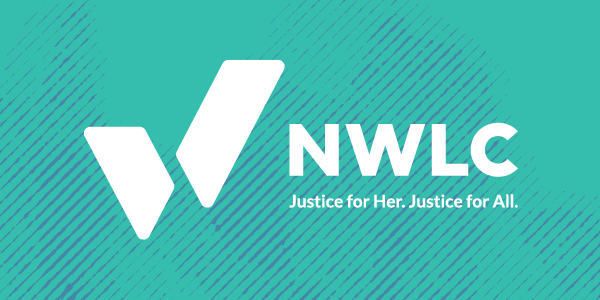Abortion rights, women of color, and LGBTQIA+ people are under attack. Pledge to join us in fighting for gender justice.
House Passes Budget Framework With Historic Investments in Women & Families
(Washington, D.C.) Yesterday, the House of Representatives passed a framework of the Biden administration’s Build Back Better plan, including historic investments in child care, home-based care, paid leave, affordable housing, nutritional assistance, and health care coverage.
The following is a statement from Fatima Goss Graves, president and CEO of the National Women’s Law Center:
“The framework passed by the House this week represents a new promise for the future of millions of women and families. For the millions of households facing exhaustion and uncertainty, this framework offers critical investments in child care, home-based care, and paid family and medical leave. For families who have confronted poverty and hunger over the past 18 months, it offers an extension of the expanded Child Tax Credit, EITC, and Child and Dependent Care Credit, housing assistance, and additional nutrition assistance. To help ward off the worst impacts of bankruptcy and discrimination, this package offers access to health care coverage and true enforcement of workplace rights—all paid for by ensuring millionaires and billionaires pay their fair share of taxes. We look forward to working with members of the House and Senate to keep the needs of working women top of mind as they draft the details of this historic package.”
According to an analysis from the National Women’s Law Center and The Center on Poverty & Social Policy
- Over the entire life course, access to affordable child care could increase the lifetime earnings for women with two children by about $94,000, which would lead to an increase of about $20,000 in private savings (contributions plus growth) and an additional $10,000 in Social Security benefits. It would also boost the collective lifetime earnings of a cohort of 1.3 million women by $130 billion
- For Black mothers in deep poverty, child care reform will result in a lifetime net increase in income of $108,000.
According to an analysis by the National Women’s Law Center, The Center on Law and Social Policy, and The Century Foundation
- A 10-year federal investment of $450 billion would serve 8.27 million young children a year across the United States (when fully implemented) through both child care assistance and preschool. That’s 11 times more than those served without expansion.
According to an analysis by the National Women’s Law Center, in July of 2021:
- 28,000 women and 112,000 men ages 20 and over returned to the labor force, meaning they are now working or looking for work. Women accounted for just 20% of July’s labor force reentrants, and women’s labor force participation remained unchanged at 57.5% in July 2021.
- This remains well below their pre-pandemic labor force participation rate of 59.2% in February 2020. Before the pandemic started, women’s labor force participation rate had not been as low as 57.5% since June 1989.
- While many groups re-entered the labor force last month, Black women and Latinas showed net losses, with 65,000 Black women and 51,000 Latinas leaving the labor force in July.
- The unemployment rate for women ages 20 and over is still over 1.6 times higher than their pre-pandemic unemployment rate of 3.1% in February 2020.
- Black women and Latinas continue to be hit particularly hard by the economic crisis: About 1 in 13 Black women ages 20 and over (7.6%) and over 1 in 15 Latinas ages 20 and over (6.7%) were unemployed last month




